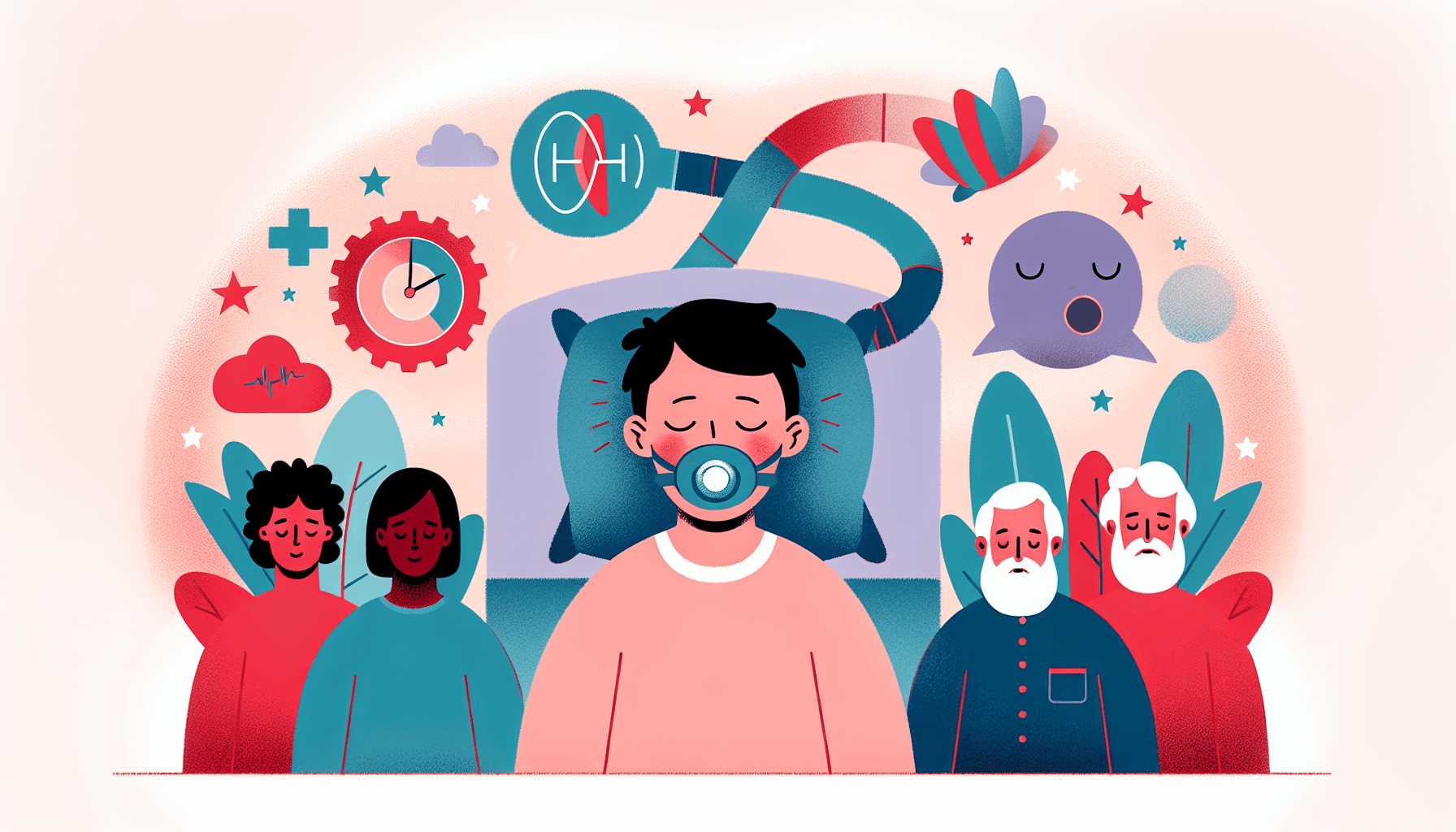Tirzepatide for Sleep Apnea - Can It Help?
Understanding Sleep Apnea and Its ChallengesSleep apnea is a common yet serious sleep disorder characterized by repeated interruptions in breathing during sleep. These pauses [...]
Read More
Medically reviewed by Abhijit Bhattacharyya | MD, PhD, MBA, Tufts University School of Medicine - Miami, Florida on March 14th, 2024.
Childhood sleep apnea, or obstructive sleep apnea (OSA), is a sleep-related breathing disorder that affects around 2% to 3% of children of all ages, even newborns, according to the National Sleep Foundation. It occurs when a child's breathing is temporarily paused during sleep for longer than two breath cycles, which can happen up to 70 times an hour.
If you suspect your child may have sleep apnea, look out for these common symptoms:
Loud snoring, often accompanied by gasping, choking, and snorts
Long pauses in breathing while sleeping (longer than two breath cycles)
Excessive sweating at night due to the strain of trying to breathe
Waking up with headaches and experiencing daytime sleepiness, irritability, hyperactivity, and difficulty concentrating

Several factors can increase a child's risk of developing sleep apnea, including:
Having enlarged tonsils and/or adenoids (lymph nodes in the throat behind the nose)
Being obese
Having a small jaw or midface, or a larger-than-usual tongue
Exposure to tobacco smoke
Having less muscle tone (such as in children with Down syndrome, cerebral palsy, and/or neuromuscular disorders)
Family history of sleep apnea
Treatment for childhood sleep apnea depends on the underlying cause and severity of the condition. In some cases, children may outgrow OSA as their throats get larger and airways stiffen. For those with enlarged tonsils and adenoids, surgery (adenotonsillectomy) may be recommended, which typically cures 80% to 90% of children, according to Dr. Dennis Rosen, associate medical director of the Center for Pediatric Sleep Disorders at Boston Children's Hospital.
If surgery is not successful or appropriate, other treatment options may include:
Continuous positive airway pressure (CPAP) therapy
Oral appliances to help keep the airway open during sleep
Weight management for children who are obese
Medications to help with daytime sleepiness or other symptoms
If you suspect your child has sleep apnea, consult a pediatric sleep specialist for an accurate diagnosis and appropriate treatment plan. With proper management, children with sleep apnea can experience improved sleep quality, daytime alertness, and overall health. For more information on childhood sleep apnea, visit the American Academy of Pediatrics website.
Understanding Sleep Apnea and Its ChallengesSleep apnea is a common yet serious sleep disorder characterized by repeated interruptions in breathing during sleep. These pauses [...]
Read MoreHeart attacks are often perceived as a predominantly male health issue, but the reality is that heart disease is the leading cause of death for women worldwide. Recognizing [...]
Read MoreTelehealth has transformed the way patients access healthcare, offering convenience, speed, and accessibility that traditional in-person visits often cannot match. With the [...]
Read More